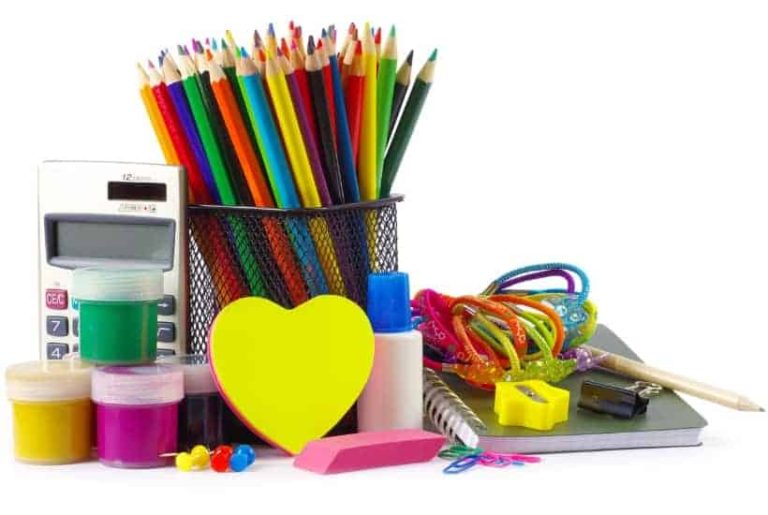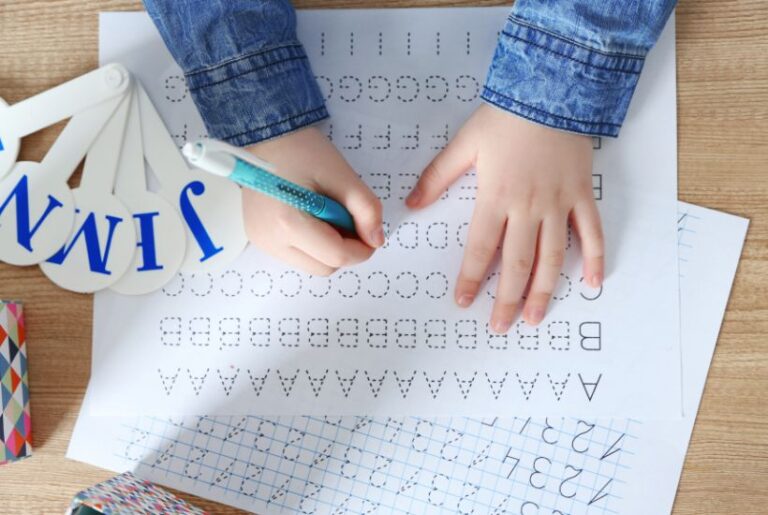5 Easy Tips to Teach History Without a Textbook
This post may contain affiliate links. For more information, please read my disclosure policy.
Can you teach history without a textbook during the k-8 years?
The answer is, yes you can! You can study history without using textbooks and still give your child an education that will prepare them well for high school and life.
Let me share a few tricks of the trade to teach history without a textbook.
1. Keep a Timeline
One of the biggest issues with just reading books on history is that kids don’t have a reference point on where to place Egyptian, Greek, and Roman history versus reading about the Revolutionary War. Kids start from a fresh plate so they’re likely not aware of the difference between ancient history and early modern history.
So the best idea is to hang a timeline in your house. You can purchase a timeline or make a timeline.
Once you have your timeline hung, have the kids date the various books they read. When did it happen?
A timeline will help your children develop a picture of history as it develops
2. Hang a map on the wall
Along with keeping a timeline, hanging a map on the wall is an excellent way to orient your children to the geography of the world and where things happen in history. That’s another place where children are likely to end up with holes in their understanding of history.
So hang a map on the wall. And pull down the map to look at where each story takes place. Chat about the distinctive features of geography. Chat about where people travel.
And if you can, mark the map with the titles of the books read so kids can look back and see where each story took place.
3. Read Historical Fiction
Add plenty of historical fiction to your children’s reading list. Historical fiction gives kids a person to hang events on. And a good story is often much more memorable than trying to remember a bunch of random dates and facts.
Pick stories that won the Newbery Awards. Pick stories with memorable characters.
You can also work through historical fiction in a methodical manner, starting with books such as The Cat of Bubastes or The Golden Goblet and working through to modern books set in today’s America.
4. Watch Documentaries
Watch documentaries about the time periods you’re reading about. Documentaries will give plenty of background information for your children to hang the information on. Your kids will be able to hear an explanation about why people were doing what they did.
Documentaries show images of people in the time and place. They show images of geography.
Watching documentaries will help your children gain a vivid understanding of the history they’re reading about.
And you can also note the documentaries watched on your timeline and map.
5. Use Biographies to Teach History without a textbook
Don’t keep your children reading just historical fiction, although historical fiction is fascinating to read. But also introduce your kids to select biographies.
A well-written biography will give your children an insight into the major players in history. Who Julius Caesar was. Why did he cross the Rubicon?
Biographies delve deeply into the people’s background and give your children an understanding of who makes history. They’re not adults who just spring out of nowhere. They were also kids once, just like your own children.
Biographies help kids relate to history.
The trick to reading various books for history is to make certain that your kids have the ability to place the people and events at the appropriate time. To place these people and events onto a map.
The events are not happening in some random place in the world, nor do they happen at some random time in the world.
That happened when and where they did for a reason.
And reading books for history is an excellent way to help your kids understand what was happening and why. But be sure to use timelines and maps so your kids can place the events in time and space.
These 5 tips will help your children learn history without a textbook and bring history to life.
Recommended Reading:
- Bring History to Life with Good Books Kids Love to Read
- The Giant American History Timeline
- 5 Important Reasons to Teach History to Your Kids
- Homeschool History Book of Centuries
- Laminated World Map and US Map Poster Set









